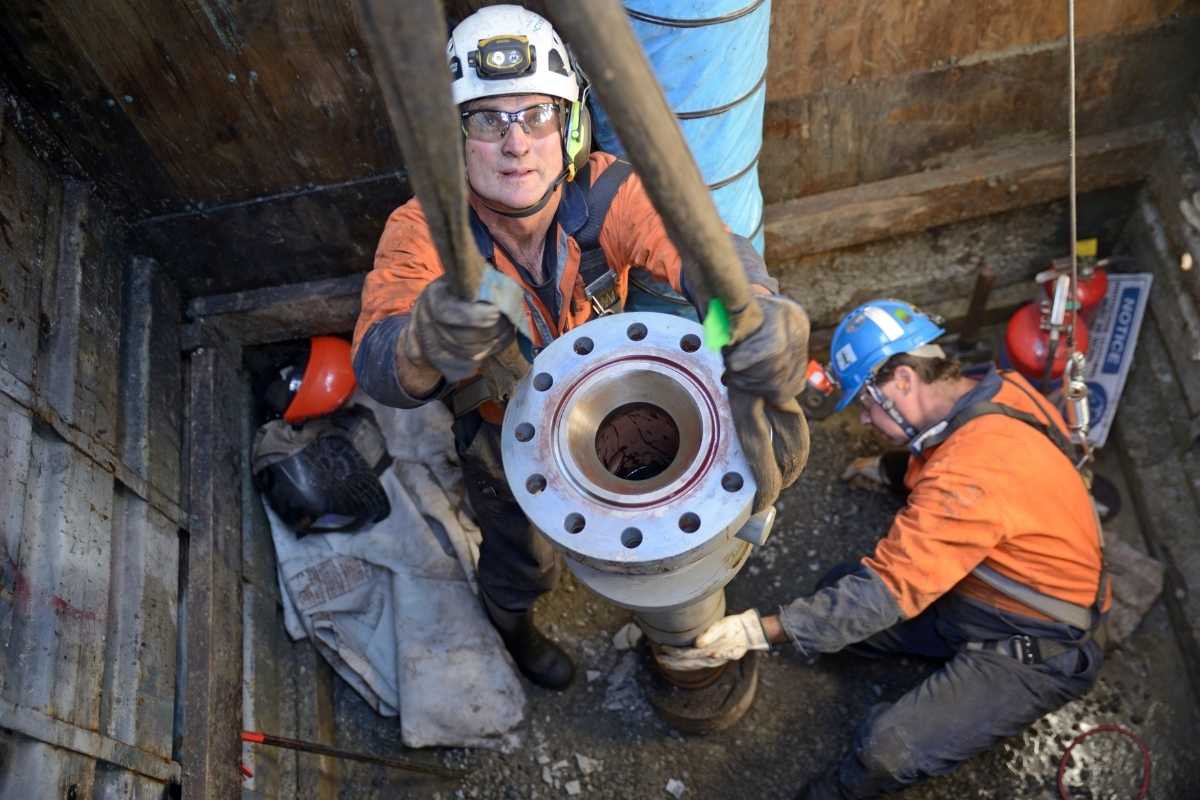Several comprehensive studies have found that WHS performance of small and medium enterprises (SME) is significantly poorer when compared to the performance of larger firms. Why is this the case and how can you work to improve your WHS performance as a SME?
I think to answer the first question we need to understand some of the factors impacting SME, leading to the poorer outcomes.
One of the first factors is self-evidently the limit on financial and personnel resources compared to larger businesses. The ability to effectively deal with interruptions to business, replace key personnel, pay fines and penalties and manage litigation costs can break many a SME. The limited resources can be compounded by the absence or comparative lack of WHS expertise in the SME and the lack of a formal WHS Management System.
One perverse characteristic of SME, that has been found in several studies, is that under-reporting of workplace injuries, especially those below the threshold of compensation, is significant and tends to result in limited data on actual injuries that gives the superficial impression that SME are safer than larger companies. This cannot be further from the truth.
The under-reporting in SME is also influenced by the close working relationships found in SME, which tends to create an empathy amongst workers in small businesses which tends to result in a higher tolerance of workplace hazards and hence an inadequate investment in safety controls and safety systems. One symptom of the unique factors impacting safety in SME is that safety incidents and accidents have been found to be occur more frequently and result in more severe consequences.
Some of the areas where SME are over-represented in injury statistics are:
- Fatalities in Construction
- Physical Injury Hazards
- Ergonomic Hazards
- Chemical Hazards
Studies have also found that the SME workforce tend to be younger, less educated and less experienced and this relationship is reinforced by the correlation between an organisations size and the prevalence of work-related training, especially in the area of health and safety. SME are also less likely to adopt workplace health promotion programs or workplace safety activities.
WHS investment is generally perceived as unappealing to SME due to the longer time period that ROI in WHS are generated and the competing financial and resource demands with a shorter cycle ROI. Another significant factor is that production pressures contribute to poorer SME WHS outcomes. A study of the food processing sector in the UK found that, despite supermarket chains interest in the safety of their supply chain, the price and delivery demands imposed on suppliers had an inconsistent effect and was quite detrimental to WHS outcomes.
The Australian construction sector has a disproportionate representation of SME (approx. 97%) and is characterised by a highly competitive tendering system and pressure to deliver projects within time and budgetary constraints. This is compounded by high staff turnover rates, a series of one-off projects and changing work environments. SME in construction were also found in various studies to conceptualise WHS risk awareness and control as solely or predominantly related to the individual, while overlooking system controls. This is also compounded by the widely held belief that failures in WHS are attributable to worker carelessness, lack of knowledge or experience.
Several compounding factors affect the SME safety environment:
- The reluctance of SME to interact voluntarily with WHS regulators
- The lack of knowledge of WHS rules and approaches to WHS
- Inattention by WHS regulators of the SME environment
- Perception that WHS Management Systems are not scale-able to SME
To address the second part of the question, how to improve WHS performance as a SME. There are several practical and pragmatic initiatives that any SME, at any stage of maturity, can implement:
- Maintain regular contact with the WHS Regulator to discuss WHS issues/concerns
- Network with other SME in your sector to discuss WHS issues and how they have addressed it
- Seek out information on WHS initiatives in your industry or state
- Develop management confidence and knowledge in managing and maintaining WHS
- Implement a hazard and incident reporting system
- Develop a workplace culture of openness when discussing safety and risks and hazards
- Assess technological and environmental/system controls to improve WHS outcomes (use of EWP in preference to ladders)
- Undertake formal, structured WHS training for all workers (induction, risk/hazard assessment, working at heights, confined space, breathing apparatus etc)
- Introduce a scaled WHS Management System (core policies/procedures + SME specific policies/procedures)
- Conduct regular workplace safety activities (toolbox talks)
- Adopt workplace health promotion programs (mental health, manual handling, nutrition, exercise etc)
With the limited resources available to SME, it makes sense to prevent loss (workers through injury, fines, penalties, litigation costs, lost production etc) rather than allow accidents and incidents to disrupt or potentially destroy the viability of the business. By applying some, if not all, of the initiatives above SME should be able to improve their safety outcomes and create a more solid and viable business model, which will enhance the opportunities for growth.
If you would like to know more or would like our assistance in the areas mentioned check us out at www.intrinsicsafety.com.au. Alternately, call us on 1300 990 336 or email us at [email protected]

Brendan Day
Chief Executive Officer
Brendan Day, based in Sydney, is a WHS and Emergency Management expert with a rich background in emergency services, including significant experience as a military firefighter, emergency responder, and emergency response manager. His career spans across both public and private sector roles, where he has developed and implemented comprehensive WHS management and Emergency Management systems. As the CEO and Principle Trainer at Intrinsic Safety, Brendan combines his military discipline with modern safety practices, offering advanced training in workplace health, fire safety, confined spaces, height safety and first aid. His qualifications, including a Diploma of Work Health and Safety, reflect his commitment to safety excellence and continuous improvement in emergency response management and safety practices.


